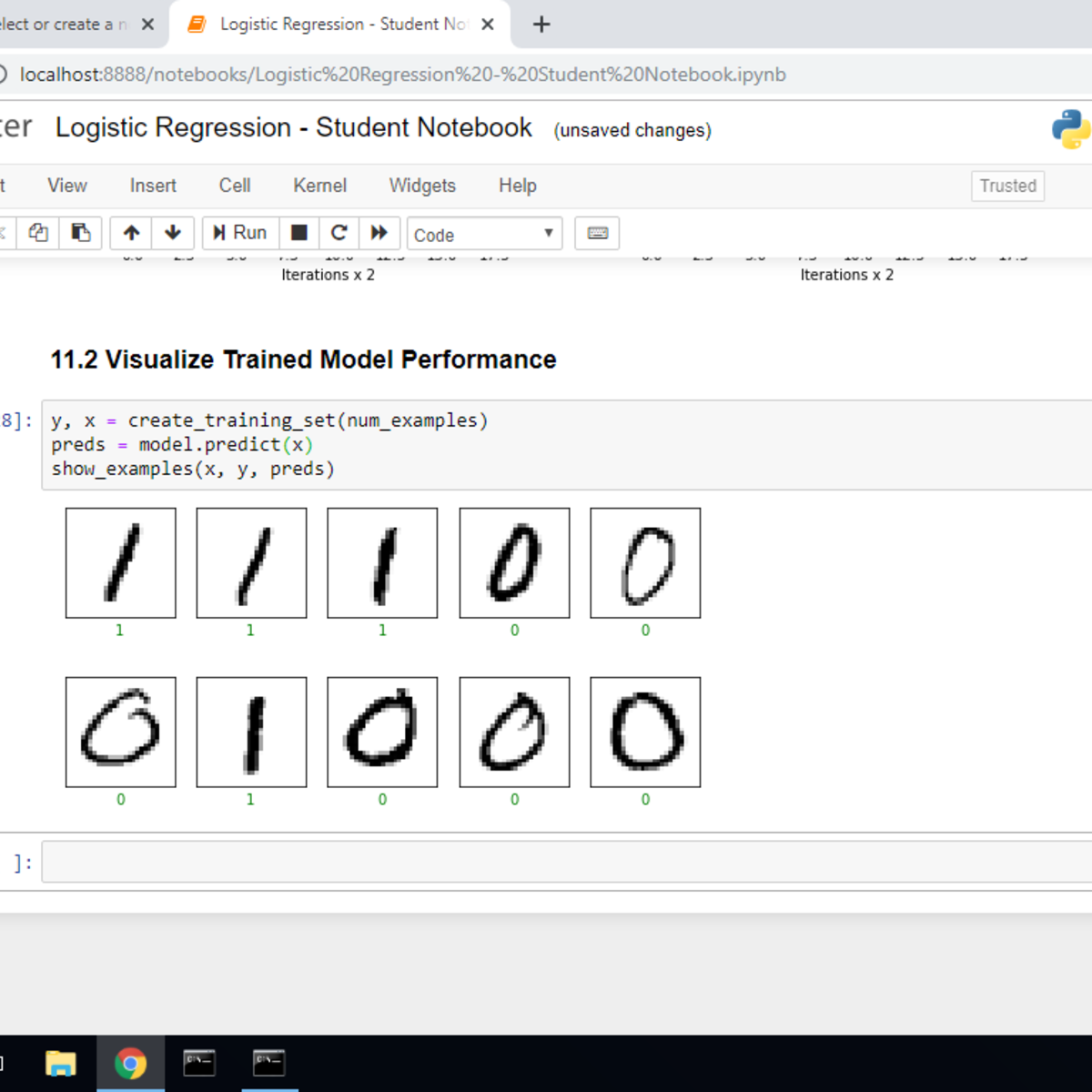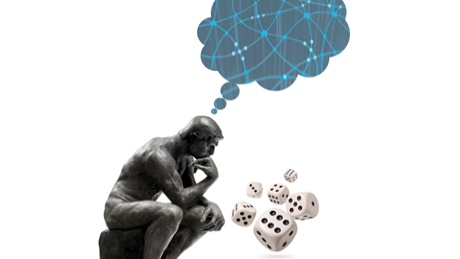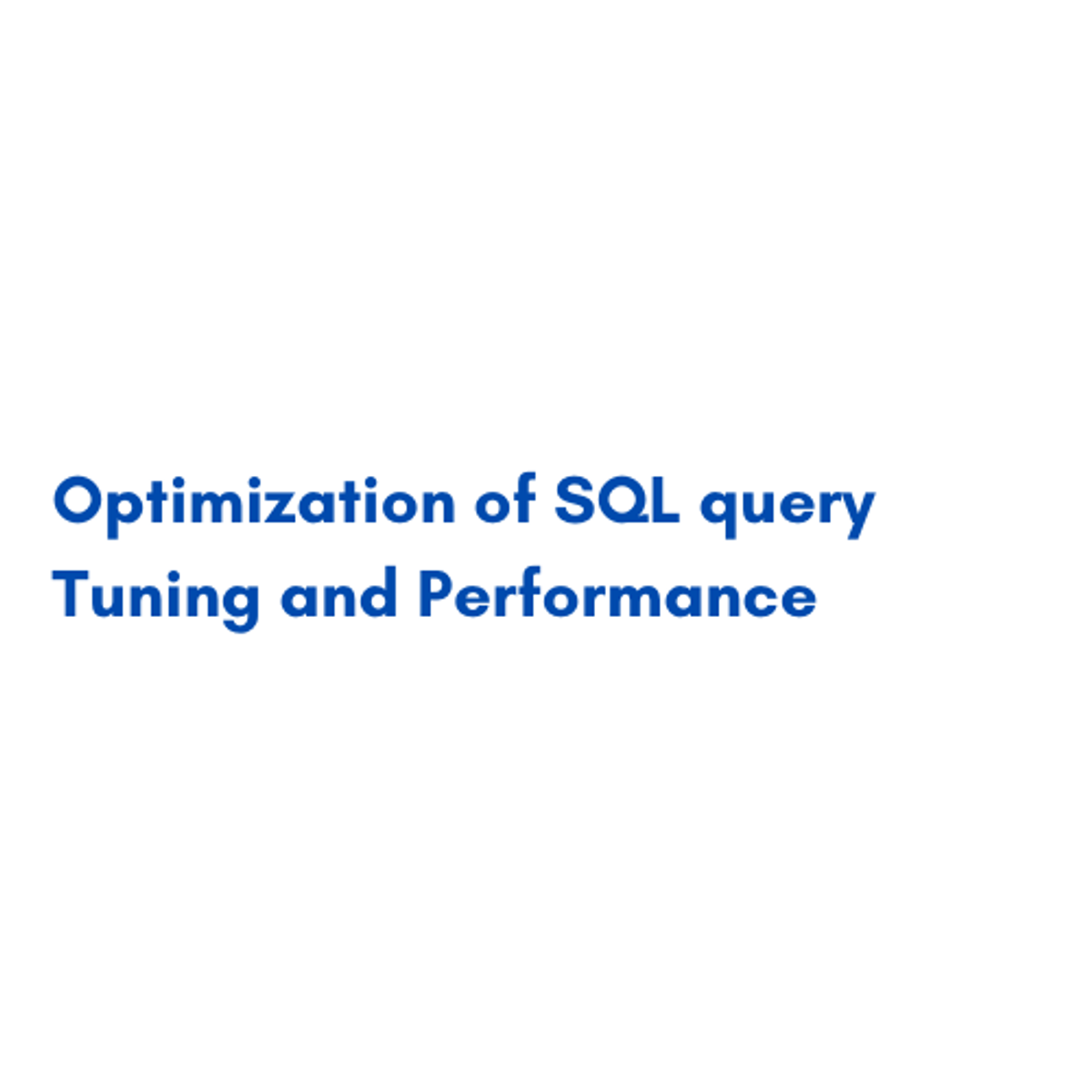Back to Courses









Algorithms Courses - Page 17
Showing results 161-170 of 326

Logistic Regression with Python and Numpy
Welcome to this project-based course on Logistic with NumPy and Python. In this project, you will do all the machine learning without using any of the popular machine learning libraries such as scikit-learn and statsmodels. The aim of this project and is to implement all the machinery, including gradient descent, cost function, and logistic regression, of the various learning algorithms yourself, so you have a deeper understanding of the fundamentals. By the time you complete this project, you will be able to build a logistic regression model using Python and NumPy, conduct basic exploratory data analysis, and implement gradient descent from scratch. The prerequisites for this project are prior programming experience in Python and a basic understanding of machine learning theory.
This course runs on Coursera's hands-on project platform called Rhyme. On Rhyme, you do projects in a hands-on manner in your browser. You will get instant access to pre-configured cloud desktops containing all of the software and data you need for the project. Everything is already set up directly in your internet browser so you can just focus on learning. For this project, you’ll get instant access to a cloud desktop with Python, Jupyter, NumPy, and Seaborn pre-installed.

Advanced Machine Learning and Signal Processing
>>> By enrolling in this course you agree to the End User License Agreement as set out in the FAQ. Once enrolled you can access the license in the Resources area <<<
This course, Advanced Machine Learning and Signal Processing, is part of the IBM Advanced Data Science Specialization which IBM is currently creating and gives you easy access to the invaluable insights into Supervised and Unsupervised Machine Learning Models used by experts in many field relevant disciplines. We’ll learn about the fundamentals of Linear Algebra to understand how machine learning modes work. Then we introduce the most popular Machine Learning Frameworks for python Scikit-Learn and SparkML. SparkML is making up the greatest portion of this course since scalability is key to address performance bottlenecks. We learn how to tune the models in parallel by evaluating hundreds of different parameter-combinations in parallel. We’ll continuously use a real-life example from IoT (Internet of Things), for exemplifying the different algorithms. For passing the course you are even required to create your own vibration sensor data using the accelerometer sensors in your smartphone. So you are actually working on a self-created, real dataset throughout the course.
If you choose to take this course and earn the Coursera course certificate, you will also earn an IBM digital badge. To find out more about IBM digital badges follow the link ibm.biz/badging.

Interactive Computer Graphics
Computer graphics can be a powerful tool for supporting visual problem solving, and interactivity plays a central role in harnessing the users' creativity. This course will introduce various interactive tools developed in computer graphics research field with their design rationales and algorithms. Examples include enhancements to graphical user interfaces, authoring tools for 2D drawings and 3D animations, and interactive computer-aided design systems. Rich live demonstrations and course assignments will give you insights and skills to design and implement such tools for your own problems.

Deep Neural Networks with PyTorch
The course will teach you how to develop deep learning models using Pytorch. The course will start with Pytorch's tensors and Automatic differentiation package. Then each section will cover different models starting off with fundamentals such as Linear Regression, and logistic/softmax regression. Followed by Feedforward deep neural networks, the role of different activation functions, normalization and dropout layers. Then Convolutional Neural Networks and Transfer learning will be covered. Finally, several other Deep learning methods will be covered.
Learning Outcomes:
After completing this course, learners will be able to:
• explain and apply their knowledge of Deep Neural Networks and related machine learning methods
• know how to use Python libraries such as PyTorch for Deep Learning applications
• build Deep Neural Networks using PyTorch

Introduction to Graph Theory
We invite you to a fascinating journey into Graph Theory — an area which connects the elegance of painting and the rigor of mathematics; is simple, but not unsophisticated. Graph Theory gives us, both an easy way to pictorially represent many major mathematical results, and insights into the deep theories behind them.
In this online course, among other intriguing applications, we will see how GPS systems find shortest routes, how engineers design integrated circuits, how biologists assemble genomes, why a political map can always be colored using a few colors. We will study Ramsey Theory which proves that in a large system, complete disorder is impossible!
By the end of the course, we will implement an algorithm which finds an optimal assignment of students to schools. This algorithm, developed by David Gale and Lloyd S. Shapley, was later recognized by the conferral of Nobel Prize in Economics.
As prerequisites we assume only basic math (e.g., we expect you to know what is a square or how to add fractions), basic programming in python (functions, loops, recursion), common sense and curiosity. Our intended audience are all people that work or plan to work in IT, starting from motivated high school students.

Excel/VBA for Creative Problem Solving, Part 3 (Projects)
In this course, learners will complete several VBA projects. It is highly recommended that learners first take "Excel/VBA for Creative Problem Solving, Part 1" and "Excel/VBA for Creative Problem Solving, Part 2". This course builds off of skills learned in those two courses. This is a project-based course. Therefore, the projects are quite open-ended and there are multiple ways to solve the problems. Through the use of Peer Review, other learners will grade learners' projects based on a grading rubric.
Probabilistic Graphical Models 3: Learning
Probabilistic graphical models (PGMs) are a rich framework for encoding probability distributions over complex domains: joint (multivariate) distributions over large numbers of random variables that interact with each other. These representations sit at the intersection of statistics and computer science, relying on concepts from probability theory, graph algorithms, machine learning, and more. They are the basis for the state-of-the-art methods in a wide variety of applications, such as medical diagnosis, image understanding, speech recognition, natural language processing, and many, many more. They are also a foundational tool in formulating many machine learning problems.
This course is the third in a sequence of three. Following the first course, which focused on representation, and the second, which focused on inference, this course addresses the question of learning: how a PGM can be learned from a data set of examples. The course discusses the key problems of parameter estimation in both directed and undirected models, as well as the structure learning task for directed models. The (highly recommended) honors track contains two hands-on programming assignments, in which key routines of two commonly used learning algorithms are implemented and applied to a real-world problem.

Use Java APIs to sort and search a collection of data
In this project, the learner will use the Java API to sort and search arrays and lists by implementing the Collections sort function, the binarySearch function, and the Comparator and Comparable interfaces.

Optimization of SQL query Tuning and Performance
By the end of this project, you will be able to professionally write queries with better performance using some techniques and improve the performance of queries and make the execution time faster. It provides you with the important steps to tune your queries. database tuning is essential to easily organizing and accessing database data by creating different types of indexes to improve performance. and in applying the hash, nest loop joins and merge join strategies. You will also be able to create tables and insert data. And You will be able to execute queries using Explain and Explain Analyze.
This guided project is for people in the field of data and data engineering. people who want to learn how to improve the performance of queries and make the execution time faster. It provides you with the important steps to tune your queries.

How to find audience interests with Meta Business Suite
Facebook has a new name, and with that new name also, a new platform for their businesses. Now, better known today as Meta has a new view of everything in the Business Suite, and we want to show you how the new tools work. These will show you how to find Facebook Audience Insight. This project will show the tools you need to know this game of Meta Business Suite. That will help you find the audience following you, the one you want to impact, and how this affects or provides better options for your business. You will know all the statistics, ages, countries, or cities where your followers or buyers are registered. So in this project, you will see all the options available to create content and ads aimed at your audience, which points to fantastic opportunities for your business. You will be able to see how to create an ad aimed at the audience you want and validate how the campaigns you have created offer feedback. This project is for you if you want to learn about everything Meta Business Suite offers in your audience area. We are going to practice and put hands-on work on what we learn. Be prepared to learn a lot and practice for your next project.
Popular Internships and Jobs by Categories
Browse
© 2024 BoostGrad | All rights reserved


